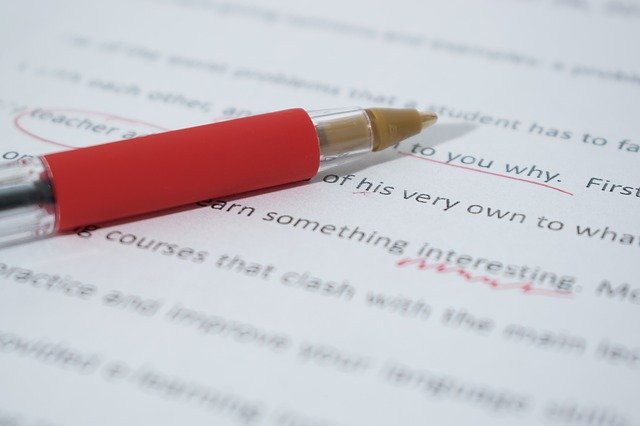The Stages of Editing
There are three stages to editing. Macro, micro, and line edits. Each serves a definitive and important purpose when prepping a book for publication.
Round 1: Macro
In this round, large issues such as plot holes, lacks or inconsistencies in character arcs, inadequate settings and theme errors are distinguished and fixed. The basic rule for this round is to read through the completed draft, and mark any edits needed.
First and foremost are the character arcs. Protagonists and antagonists alike need to be logical, consistent, and well motivated. Good, endearing characters can sell a book lacking in plot. They are the first and last concern alike.
The second area of concern is plot. All stages of either the Three Act Structure or Monomyth, whichever utilized, must be reviewed and made to be tight, logical, and emotionally standing. The beginning, midpoint, and ending are especially important.
The setting should be a tool for the plot. For sci-fi or fantasy, (particularly high fantasy) the setting in vitally important. Laws of magic, nature, and science need to be perfect. They need to be consistent and logical. In other genres, the setting should still be well researched.
Finally, last but certainly not least, are the themes. The theme of the story should be cleverly disguised but none-the-less obvious. One should consider symbols while in this stage. The themes should be considered when reviewing the character arcs, villain and hero alike. Besides, the theme should be focused, and leading the journey of the hero. Their character has to play off the theme in perfect synchronization.
Round 2: Micro
Once the macro edit is completed, and the story itself laid out to satisfaction, more technical details come into play. Point of view, flashbacks scenes, dialogue, telling vs showing, description, and really focusing on the actual writing style itself.
Point of view, and even the person in which it is written, is to be reviewed with certainty. Firstly, the story needs to be consistent in tense. A mix of present and past tense will upset the overall prose. Not only this, but a third or first person narrative does not mix well with a omniscient perspective. Secondly, for those stories which sport two or more POV’s, every scene and which character it is seen through should be carefully considered.
Flashback scenes and backstory are a tricky thing to master. Every flashback should be short, concise, and to the point. Do not include any flashbacks that are not completely necessary. Also, giving all of the details in a flashback is generally not a good idea. The details need to bleed through the character, just like the backstory itself. The details of the characters life need to come slowly, naturally, and in an inconspicuous way.
Dialogue needs to be realistic, but not to the point of boring. Make your characters omit words completely unnecessary, yet common in conversations. Chances are that the reader will not notice they are missing. It will make the dialogue tighter, take up less words, more entertaining, and serve a greater purpose. All dialogue should be considered with the questions of why the character would say that thing at that specific time, and the character-specific manner of speech in which it is said. All the characters should have a distinguished voice, and a particular way in which they convey information. Of course, action beats and dialogue tags should be reviewed and carefully considered. There should be a greater ratio of action beats than dialogue tags utilizing a more specific word than ‘said’. Remember body language and manner of perception.
Telling and showing, the never-ending battle, is to be dealt with in this stage. Checking for repetitive words as well as adverbs are to be addressed.
Finally, description. Description of scenes varies on style, but as a general statement, the time, place, and characters involved. The scene needs to be described as the character would see it. A cynical character is going to see things in a faulty way, and so forth. Use specific words and sensory details
Round 3: Line
The line edit is where you’ll deal with the nit-picky things such as grammar, punctuation, and formatting. You can never be too right, so be careful as you pick through for things like scene breaks, margins, headings, footings, title and dedication pages, and dialogue areas.
It is had to believe that it could ever end. But after all of this, the story is really, truly done. So here we are, the macro, micro, and line edits.

Hey, a post on writing craft! These are like hen's teeth around here. Thanks for this--well-written and timely. I'm in the middle of all three of these phases on various works, and it sucks and is awesome at the same time.
I'm glad you liked it! And thanks!
I liked your concise way of presenting a lot of info that was helpful to the serious writer. Upvoted and followed!
Thanks! Much appreciated!
you're very welcome, @subject4-47